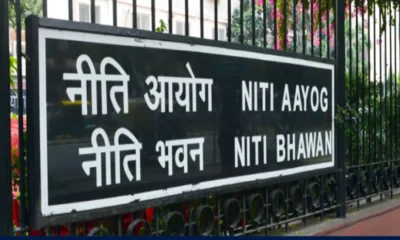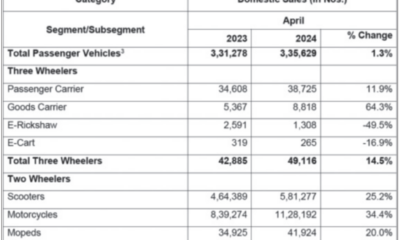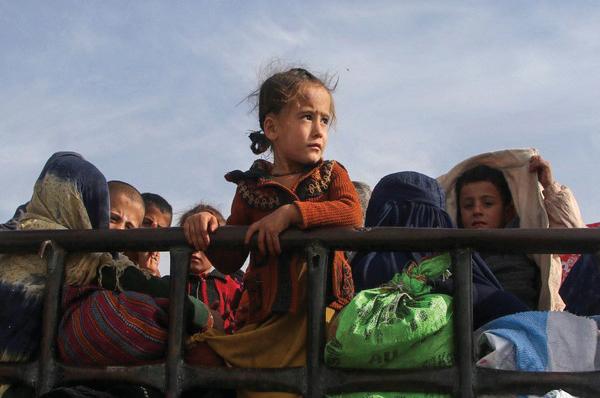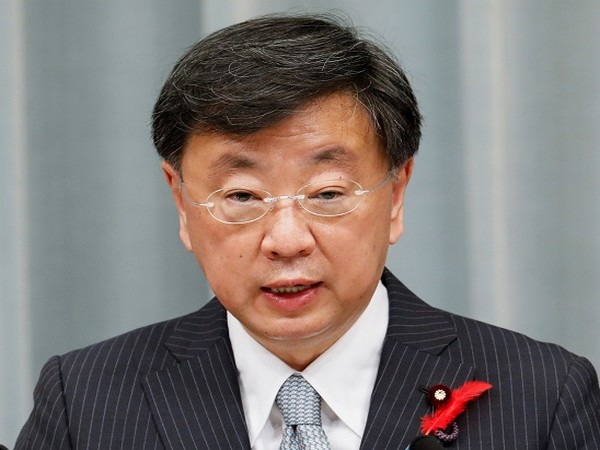Bank of England might be cutting interest rates ahead of the US Federal Reserve. Tune into this detailed analysis to understand the key.
As the Bank of England gears up for its upcoming decision, speculation mounts on potential interest rate cuts this summer, contrasting with investors’ expectations of a postponed easing outlook. Governor Andrew Bailey has emphasized the UK’s divergence from escalating consumer price pressures in the US, highlighting “strong evidence” of receding inflation domestically. While economists anticipate the central bank to maintain rates at a 16-year high of 5.25 per cent, attention will be on hints regarding whether policymakers view June or August as opportune moments to initiate reductions in borrowing costs.
However, a dovish shift in tone by Bailey and Deputy Governor Dave Ramsden in April caused some economists to reckon that the timing of BOE cuts may be closer to the European Central Bank — which is widely expected to act in June — than to the Federal Reserve, whose chief, Jerome Powell, has avoided offering a timeline for US easing.
Bailey expects UK inflation to fall close to his 2 per cent target in upcoming data for April, though some on the nine-member Monetary Policy Committee are still concerned over underlying price pressures. “The BOE has sounded increasingly dovish at each of its meetings this year. We think there could be a similar theme in May with policymakers having lately signaled little concern about recent upside data surprises.”
The central bank decision will be followed on Friday by gross domestic product data predicted to show the UK economy exited a shallow recession in the first quarter. Economists expect the figures to show output growing 0.4 per cent after two consecutive quarterly drops last year.
Elsewhere, a cliffhanger decision in Sweden, a likely hawkish hold in Australia and rate cuts in Brazil and Peru are among the central bank announcements due.
The US economic data calendar is light. On Friday, the University of Michigan will issue its preliminary survey of consumer sentiment for May. Confidence is expected to be little changed as Americans assess elevated prices, high interest rates and a moderating job market.
A day earlier, the government will issue weekly jobless claims figures. Applications for unemployment benefits remain near historically low levels.
In the week after the Fed held rates unchanged, several central bank officials are scheduled to speak. They include New York Fed President John Williams and the Richmond Fed’s Thomas Barkin on Monday, followed by Neel Kashkari of Minneapolis on Tuesday. Later in the week, investors will also hear from Chicago Fed President Austan Goolsbee and Fed Governor Michelle Bowman.
The Bank of Canada on Thursday will publish its annual financial system review, assessing stability risks to the country’s banking sector. Officials previously flagged concerns about homeowners’ ability to manage debt in a high-rate environment.
On Friday, economists expect Canada’s April labour force survey to show job gains remain well below the pace of population growth, bolstering an argument for policymakers to pivot to rate cuts as early as June.
Asia The Reserve Bank of Australia may amplify its hawkish tone when it meets on Tuesday in the wake of hotter-than-expected inflation gauges for the first quarter, as well as robust jobs stats. The board will consider revised growth, inflation and labour-market projections, with any revisions probably signaling no policy pivot any time soon. Overnight Index Swaps are now pricing more chance of an Aussie rate hike than a cut this year.
On Thursday, Malaysia’s central bank sets its benchmark rate and the Bank of Japan releases a summary of opinions from last month’s meeting, when Governor Kazuo Ueda’s seemingly sanguine stance on the yen helped usher in more losses for the beleaguered currency.
In data, Indonesia first-quarter economic growth is seen staying around 5 per cent year on year, while it may contract a tad versus the prior quarter. The Philippines also releases GDP data. Consumer inflation figures are due in the Philippines, Thailand and Taiwan, while China, the Philippines and Taiwan all get trade data.
Japan’s wage stats on Thursday will probably look a little glum as the outsized pay increases pledged by companies after negotiations with unions won’t fully kick in for a few more months.
Europe, Middle East, Africa On Wednesday, Sweden’s Riksbank could become the second major developed-world central bank – after the Swiss National Bank – to lower rates in what looks likely to be a cliffhanger decision.
After their meeting in March, Governor Erik Thedeen said he and colleagues expect to make their first easing move in May or June. Domestically, there are now very few obstacles to them acting sooner rather than later. Inflation has slowed and looks set to fall below the central bank’s 2 per cent target, the economy remains sluggish, and companies appear to have concluded that they won’t be able to raise prices to the extent they have in the past couple of years.
However, the krona still concerns policymakers, who’ve watched the currency weaken almost 5 per cent against the euro this year. If they decide they can’t risk further deterioration, that could be a reason to delay a first cut, much as Norway did on Friday.
On the other hand, there’s scope to argue that whatever the Swedish central bank does, the currency’s destiny is determined by other factors, including risk aversion and US bond yields. If that view wins the day, the Riksbank could well cut.
Three other monetary decisions are expected around the wider region: On Tuesday, sticky inflation may persuade Madagascar’s central bank to keep its rate at 11 per cent for a third time in a row.
Two days later, Poland’s central bank will likely also leave borrowing costs unchanged, even after April inflation stayed within its target range. Governor Adam Glapinski, who holds his briefing the following day, has repeatedly quashed expectations for rate cuts this year.
And the National Bank of Serbia on Friday is likely to keep its rate at 6.5 per cent for a 10th month, cautious to avoid premature easing while watching to see how long peers in bigger economies wait before cutting.
In the upcoming week, alongside other central bank events, a Bank for International Settlements conference in Basel will host monetary leaders from Germany to Singapore. The European Central Bank (ECB) agenda includes appearances by Belgian governor Pierre Wunsch and Executive Board members Luis de Guindos and Piero Cipollone. Additionally, a report detailing the central bank’s April 11 decision will be released on Friday. Due to public holidays occurring on various days across economies such as the UK and France, the frequency of data releases will be restricted.
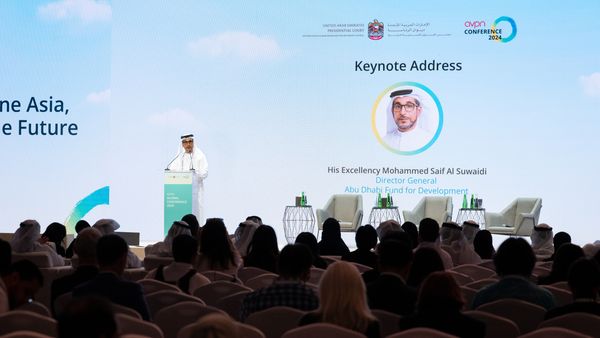

 Opinion3 years ago
Opinion3 years ago
 Entertainment8 years ago
Entertainment8 years ago
 Entertainment8 years ago
Entertainment8 years ago
 Fashion8 years ago
Fashion8 years ago
 Opinion3 years ago
Opinion3 years ago
 Politics8 years ago
Politics8 years ago
 Entertainment8 years ago
Entertainment8 years ago
 Entertainment8 years ago
Entertainment8 years ago
